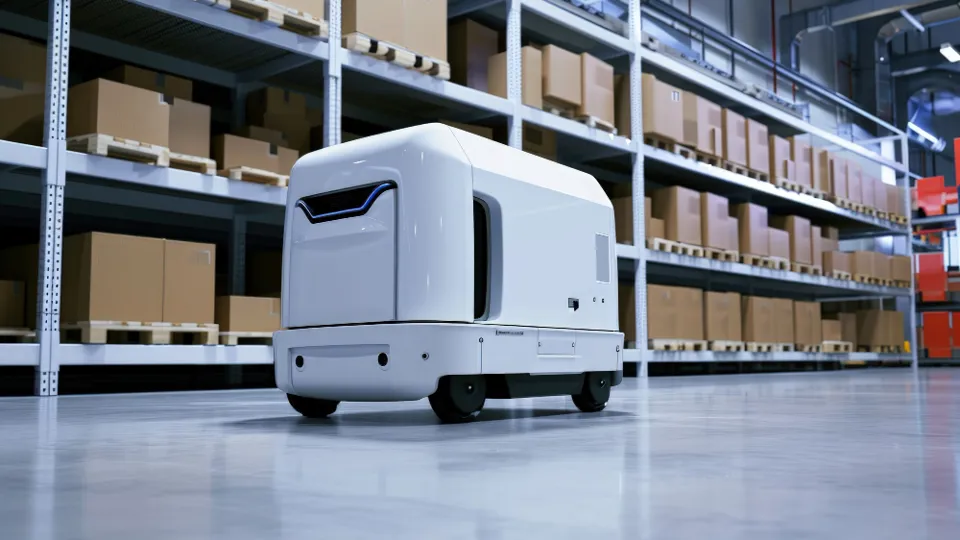In today’s fast-paced world of e-commerce, efficiency is key to maintaining a competitive edge. Logistics operations, particularly warehousing, are under immense pressure to keep up with the increasing demand for quicker and more accurate deliveries. Enter warehouse automation—an innovation that is revolutionizing the logistics industry.
The rise of automation in warehouses is driven by two major factors: the exponential growth of online shopping and the demand for faster delivery times. As retailers aim to reduce operational costs and streamline their processes, adopting advanced technologies like robotic sorting, autonomous vehicles, and automated picking systems is no longer optional—it’s essential.
One of the most transformative technologies in warehouse automation is wave picking. Wave picking is a method that organizes orders in “waves” or batches, which allows pickers to retrieve items more efficiently. Traditionally, warehouse workers would retrieve items individually for each order, which was time-consuming and labor-intensive. By grouping orders based on common items, wave picking reduces travel time and increases productivity.
For example, if multiple customers order similar products, those items are picked together in a single batch. This reduces the need for workers to make several trips across the warehouse, optimizing their movements and reducing the time spent on each order. When paired with automation, wave picking can drastically improve the speed and accuracy of order fulfillment.
Another game-changing development is robotic sorting. After items are picked, they need to be sorted and packaged for shipment. Traditionally, this was a manual process, but robotic systems are now capable of sorting orders with incredible speed and precision. Robots use advanced algorithms and sensors to identify and sort items, ensuring that the right products are packed for the right orders.
The integration of robotic sorting helps warehouses tackle some of the biggest challenges in logistics: accuracy, efficiency, and scalability. With robots handling repetitive tasks, human workers can focus on more complex and value-added tasks, such as quality control and customer service. This not only reduces the risk of human error but also helps warehouses maintain a higher level of efficiency as they scale to meet increasing demand.
But automation isn’t just about robotics. Another area where technology is making a big impact is in warehouse management systems (WMS). A modern WMS helps managers optimize inventory, track shipments, and coordinate the various aspects of warehouse operations. With real-time data, managers can make informed decisions that improve the flow of goods, reduce delays, and prevent stockouts. By providing a clear picture of inventory levels and order statuses, a WMS helps streamline operations from start to finish.
Despite the many advantages, adopting warehouse automation isn’t without its challenges. The initial investment in automation technology can be high, and integrating these systems into an existing infrastructure can take time. However, the long-term benefits—such as reduced labor costs, improved accuracy, and faster delivery times—often outweigh the upfront costs. Additionally, as automation technologies become more widespread, costs are expected to decrease, making it easier for smaller businesses to take advantage of these innovations.
As logistics companies continue to push the boundaries of what’s possible with automation, we’re likely to see even more advancements in the coming years. From autonomous delivery vehicles to artificial intelligence-driven inventory management, the future of warehouse operations is bright.
In conclusion, warehouse automation is not just a trend; it’s a necessity for companies that want to stay ahead in the logistics game. By embracing wave picking, robotic sorting, and warehouse management systems, businesses can improve efficiency, cut costs, and provide better service to customers. The time to automate is now—are you ready to transform your warehouse operations?







